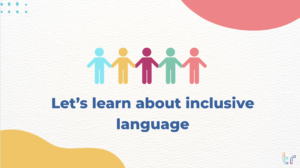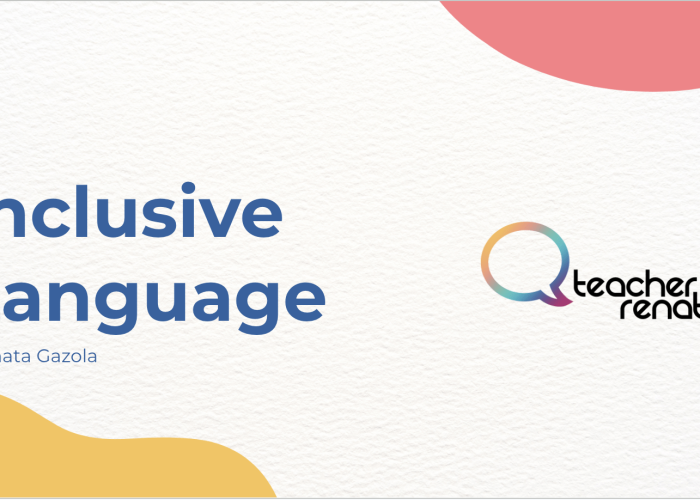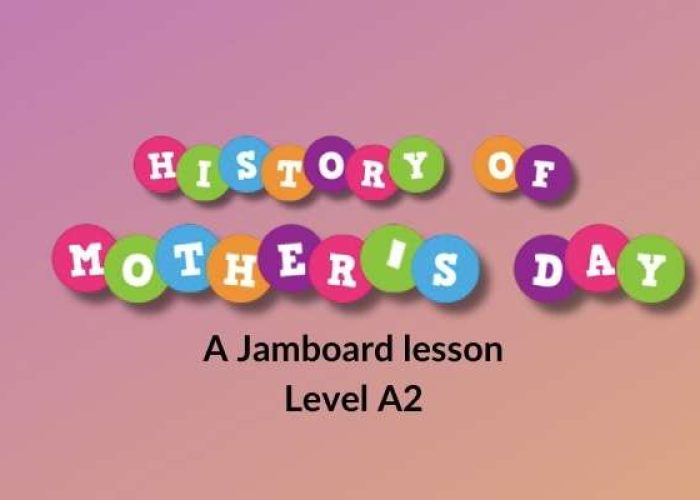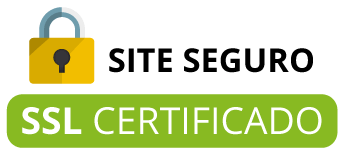Today, we are going to delve into a crucial and contemporary topic: promoting inclusive language. As our societies become increasingly diverse, it is essential for all of us to become aware and sensitive to the use of language. In this lesson plan, designed for B2 and C1 level students, we will explore the importance of inclusive language and learn how to use it in our daily interactions. Let’s get started!
Inclusive Language Lesson Plan
-
Warm-up: Eliciting vocabulary related to the social roles of different genders in society
- First, ask students to share words and phrases related to the social roles associated with specific genders, such as “mother,” “teacher,” “nurse,” “boss,” and others.

- Create a list on the board or in a shared document, encouraging the participation of all students.
- Then, engage in a brief group discussion on how these words and gender stereotypes can influence language and people’s perceptions.
- First, ask students to share words and phrases related to the social roles associated with specific genders, such as “mother,” “teacher,” “nurse,” “boss,” and others.
-
Lead-in: Discussing the concept of inclusive language and its role combating stereotypes
- Introduce the concept of inclusive language, explaining that it is a type of communication that seeks to avoid stereotypes and promote equality and respect.
- Initiate a group discussion, prompting students to reflect on the role of language in the fight against stereotypes and discrimination.
- Encourage them to share examples of situations where inclusive language can be applied and the benefits it brings to society.
-
Pre-reading: Discussing questions related to a newspaper article headline about inclusive language
- Present students with a newspaper article headline related to the topic
- Divide the class into small groups and provide each group with a set of questions related to the article’s headline.
- Ask the groups to discuss the questions and share their answers with the class.
-
General reading: Reading the article and confirming theories raised in the pre-reading
- Ask students to read the article individually or in pairs, paying attention to the points discussed.
- Then, have them share the most relevant information from the article and confirm whether their theories raised in the pre-reading were correct.
- Facilitate a group discussion, encouraging the participation of all students.
-
Detailed reading: Matching true or false statements and explaining false statements
- Provide students with a series of statements related to the article and ask them to determine whether each statement is true or false.
- Then, have the students explain why the false statements are incorrect based on the information in the text.
- Conduct a group discussion to share the answers and clarify any doubts.
-
Post-reading: Detailed discussion
- Lead a group discussion on the issues and topics covered in the article.
- Encourage students to express their opinions and share personal experiences
- Ask questions to stimulate critical thinking, such as “Do you believe that inclusive language can influence social change?” or “What are the challenges of implementing inclusive language in our society?”
-
Vocabulary study
- Present students with a list of vocabulary related to inclusive language.
- Then, explain the meaning and usage of each word or expression.
- Ask students to use the vocabulary in sentences or relevant contexts.
-
Final discussion
- Finally, conclude the lesson with a final discussion where students can share their final reflections on the importance of inclusive language.
- Encourage them to suggest practical ways in which they can communicate more inclusively in their daily lives.
- Wrap up the lesson by emphasizing that inclusive language is a powerful tool for social change and encourage them to be agents of that transformation.
Congratulations to everyone for engaging in such a meaningful discussion!
You can download the lesson plan for free here.
You can also download my lesson plan about the History of Mother’s Day here.






